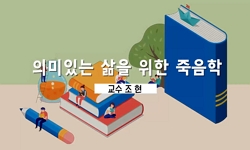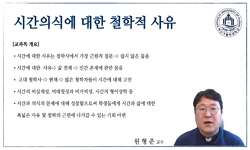To overcome the shortage of donor grafts in kidney transplantation (KT), the use of marginal grafts has evolved. However, prolonged cold ischemic time (CIT) is especially critical when using marginal grafts. Recently, hypothermic machine perfusion (HM...
http://chineseinput.net/에서 pinyin(병음)방식으로 중국어를 변환할 수 있습니다.
변환된 중국어를 복사하여 사용하시면 됩니다.
- 中文 을 입력하시려면 zhongwen을 입력하시고 space를누르시면됩니다.
- 北京 을 입력하시려면 beijing을 입력하시고 space를 누르시면 됩니다.

The first use of hypothermic machine perfusion in Korea to recover a procured kidney graft and prevent prolonged cold ischemic time: a case report
한글로보기https://www.riss.kr/link?id=A108637872
-
저자
Shin Young-Heun (Department of Surgery, Jeju National University Hospital, Jeju National University College of Medicine, Jeju, Korea) ; Taerim Ko (Department of Nursing, Jeju National University Hospital, Jeju, Korea) ; John Hee Park (Department of Surgery, Samsung Medical Center, Seoul, Korea) ; 장원배 (Department of Surgery, Jeju National University Hospital)
- 발행기관
- 학술지명
- 권호사항
-
발행연도
2023
-
작성언어
English
- 주제어
-
등재정보
KCI등재후보
-
자료형태
학술저널
- 발행기관 URL
-
수록면
129-134(6쪽)
- DOI식별코드
- 제공처
-
0
상세조회 -
0
다운로드
부가정보
다국어 초록 (Multilingual Abstract)
To overcome the shortage of donor grafts in kidney transplantation (KT), the use of marginal grafts has evolved. However, prolonged cold ischemic time (CIT) is especially critical when using marginal grafts. Recently, hypothermic machine perfusion (HMP) has been used to overcome the negative effects of prolonged CIT, and we report the first use of HMP in Korea. The donor was a 58-year-old man with severe hypoxia (PaO2 <60 mmHg, FiO2 100%) for 9 hours prior to procurement. The patient’s kidneys were the only organs accepted for transplantation, and both kidneys were assigned to Jeju National University Hospital. After procurement, the right kidney was preserved using HMP immediately, and the left kidney was directly transplanted into a patient with a CIT of 2 hours 31 minutes. The second operation was performed following the first, using the right kidney graft that had been preserved by HMP for 10 hours and 30 minutes.
Although postoperative graft function gradually recovered in both patients, the serum creatinine level decreased faster in the HMP patient. Neither patient showed signs of delayed graft function, and both were discharged without significant complications.
The short-term outcomes in this transplantation of mate kidney grafts demonstrated that graft function can be safely preserved using HMP, and that HMP is beneficial in overcoming the negative effects of prolonged CIT.
동일학술지(권/호) 다른 논문
-
Anatomic characteristics and novel transplantation model of the canine uterus
- 대한이식학회
- Xuan-Hai Do
- 2023
- KCI등재후보
-
- 대한이식학회
- Abdul Jabbar bin Ismail
- 2023
- KCI등재후보
-
Right lumbar lymph trunk injury after right laparoscopic donor nephrectomy: a case report
- 대한이식학회
- Le Thanh Dung
- 2023
- KCI등재후보
-
- 대한이식학회
- Amay Banker
- 2023
- KCI등재후보




 KCI
KCI





